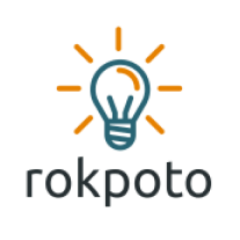Kubernetes supports RBAC authorization out of the box. In short, every Kubernetes user or a service account have permissions to perform certain actions (HTTP verbs) on certain API server resources e.g. pods. To get user’s permissions using kubectl run kubectl auth can-i --list:
Resources Non-Resource URLs Resource Names Verbs
selfsubjectaccessreviews.authorization.k8s.io [] [] [create]
selfsubjectrulesreviews.authorization.k8s.io [] [] [create]
persistentvolumeclaims [] [] [get list watch create delete deletecollection patch update]
pods/exec [] [] [get list watch create delete deletecollection patch update]
pods [] [] [get list watch create delete deletecollection patch update]
events [] [] [get list watch]
pods/log [] [] [get list watch]
configmaps [] [] [get watch list]
[/.well-known/openid-configuration] [] [get]
[/api/*] [] [get]
[/api] [] [get]
[/apis/*] [] [get]
[/apis] [] [get]
[/healthz] [] [get]
[/healthz] [] [get]
[/livez] [] [get]
[/livez] [] [get]
[/openapi/*] [] [get]
[/openapi] [] [get]
[/openid/v1/jwks] [] [get]
[/readyz] [] [get]
[/readyz] [] [get]
[/version/] [] [get]
[/version/] [] [get]
[/version] [] [get]
[/version] [] [get]
podsecuritypolicies.policy [] [global-unrestricted-psp] [use]To view another user’s permissions add --as=[user-name] flag. For instance: kubectl auth can-i --list --as=jenkins.
To see a real world example, you can follow my tutorial on installing Jenkins helm chart and then see the permissions of Jenkins service account. Such permissions include creating pods on demand for Jenkins jobs. Have a look at this chart’s template to get a taste of how RBAC is configured.
If you are after more granular information on roles or cluster roles per service account, have a look at this great answer on stack overflow. It suggests using rbac-tool.
Also note that Kubernetes distinguishes between user and service accounts.
Summary
That’s it about getting user’s permissions using kubectl.
If you found this article useful, take a look at the disclaimer for information on how to thank me.
You can find below articles useful:






